
- A tribute to the Volkswagen Beetle, the most-loved car in the world
- Glorious photographs throughout
Beetle Love endures. It’s global and conquers every generation. And this love is classless. Never mind if used as a taxi on a daily basis, as a company car owned by a craft brewery in Ecuador, as a show piece in Great Britain or as a family heirloom in Indonesia: Beetle Love introduces them all. Convertibles and limousines, from red to rusty, from purple to polished. And it’s always the story that their owners lost their hearts to the Beetle. And rightly so! Hardly any other car arouses more emotions around the world.
All covered in this book, more than 20 stories, 208 pages, a wonderful and unique picture and story book.
Text in English and German.
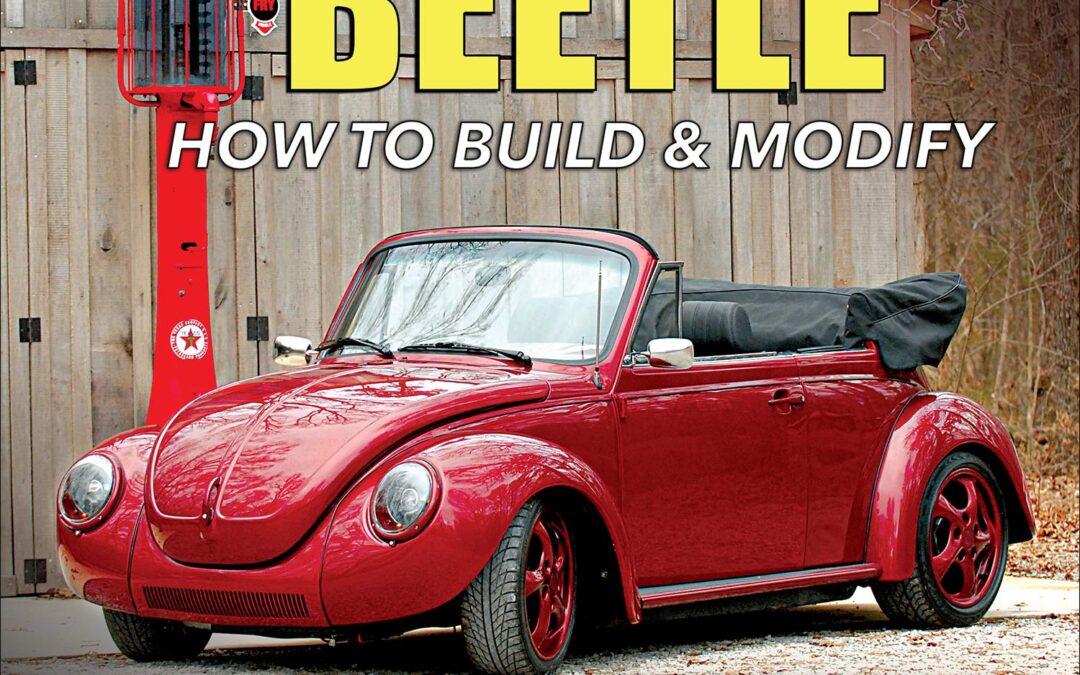
Build and modify your Volkswagen Beetle using today’s greatest aftermarket parts while implementing historic and modern modifications!
If ever a car rolled off the factory floor in the form of a blank slate, the Volkswagen Beetle is it. In fact, after taking delivery of their beloved Bug, many owners began modifications and customizations to personalize their favorite German compact.
Perhaps the most charismatic automobile ever, the Volkswagen Beetle was the longest-running, most-manufactured automobile on a single platform in automotive history. From 1938 to 2003, more than 21.5 million Bugs were assembled, distributed, and sold on nearly every continent in the world. If there’s a component that owners can modify, they’ll do it, and each custom touch makes them love their Beetle even more.
Airkooled Kustoms, a Volkswagen restoration and modification shop in Hazel Green, Alabama, has served all kinds of classic Volkswagen owners. For those who venture into the world of customization, no modern or historic trend is off-limits. These Volkswagen experts introduce and walk you through some of the most glorious customizations that Beetle owners can make to their rides. You’ll find inspiration, instruction, and more modifications than most owners could ever tackle in a lifetime.
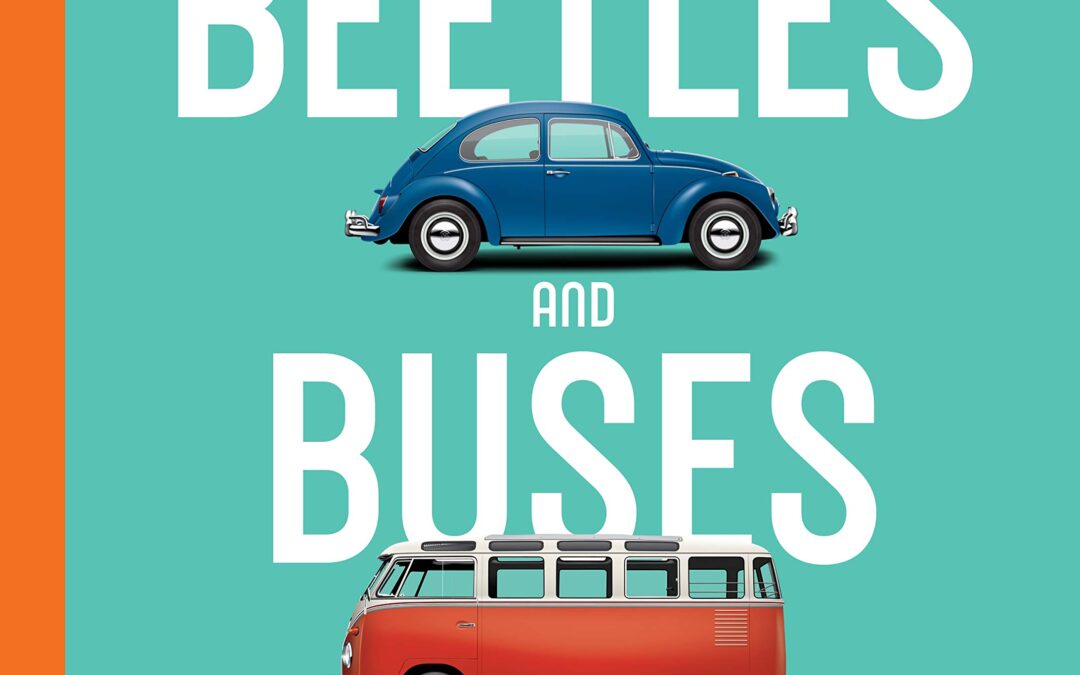
This illustrated history celebrates the 75th and 70th anniversaries of Volkswagen’s two most iconic vehicles, from the first Beetles spearheaded by Ferdinand Porsche in the 1940s to the buses that became synonymous with a generation.
Volkswagen is one of the most beloved brands in motoring history, thanks largely to two instantly recognizable vehicles: the Beetle (a.k.a. Bug) and the Bus. More than 23 million VW Beetles have buzzed into the world since 1945, while the VW Bus presaged the minivan by thirty-plus years. Volkswagen: Beetles and Buses examines and celebrates all aspects of the vehicles and the many cultural associations that have swirled around them for more than seven decades. The diminutive rear-engined and easily mass-produced Beetle became the most popular imported car in America during the 1960s. Its success was due to its familiar face, its wildly clever ad campaigns, and the sheer numbers produced. The equally compact yet spacious Bus (a.k.a. Kombi, Microbus, Type 2, Transporter, and simply “van”) has won millions of fans around the world with its practicality, simplicity, and design.
In this beautifully illustrated and authoritatively written celebration, author Russell Hayes looks back at the vehicles while focusing on the classic air-cooled VWs that ran into the late 1970s. Along the way, readers witness the Beetle and Bus at work and at play and learn about vehicle development and growing roles in popular culture, including star appearances in films like The Love Bug, Little Miss Sunshine, Footloose, Fight Club, The Big Lebowski, and Fast Times at Ridgemont High, as well as television shows like Lost and Once Upon a Time and on the covers of the Beatles’ Abbey Road and Bob Dylan’s Freewheelin’ album. The story is brought up to date with coverage of the New Beetle and plans for the VW Buzz, a modern electric version of the iconic Microbus due in 2022.
Volkswagen: Beetles and Buses deserves a place in the motoring libraries of VW owners, automotive enthusiasts, and those simply interested in pop culture. It’s the ultimate illustrated history of these beloved vehicles.
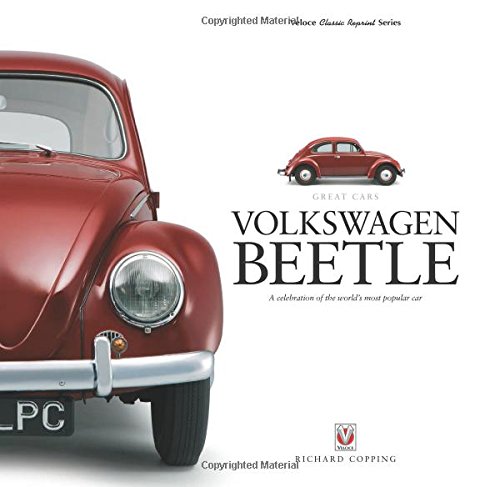
The VW Beetle is simply the best-known and most-loved car in the history of the motor car. Amazingly, some of the earliest Beetles, now seven decades old, are still on the road, while more recent examples, particularly the classics from the late 1950s and ’60s are many an enthusiast’s pride and joy. Created through the ingenuity of Ferdinand Porsche, brought to the brink of series production by Hitler’s Nazis and rescued from oblivion by the British after the war, the Beetle soon developed into a phenomenon under the guardianship of Heinz Nordhoff, the VW boss for two decades. Overwhelmingly successful in over 150 countries across the world, most notably in the USA; when the car finally fell from grace in Europe after Nordhoff’s death, it was destined to enjoy a revitalized and lengthy swansong in South America. The legendary Beetle’s intriguing story is unraveled in this fascinating and handsome book.
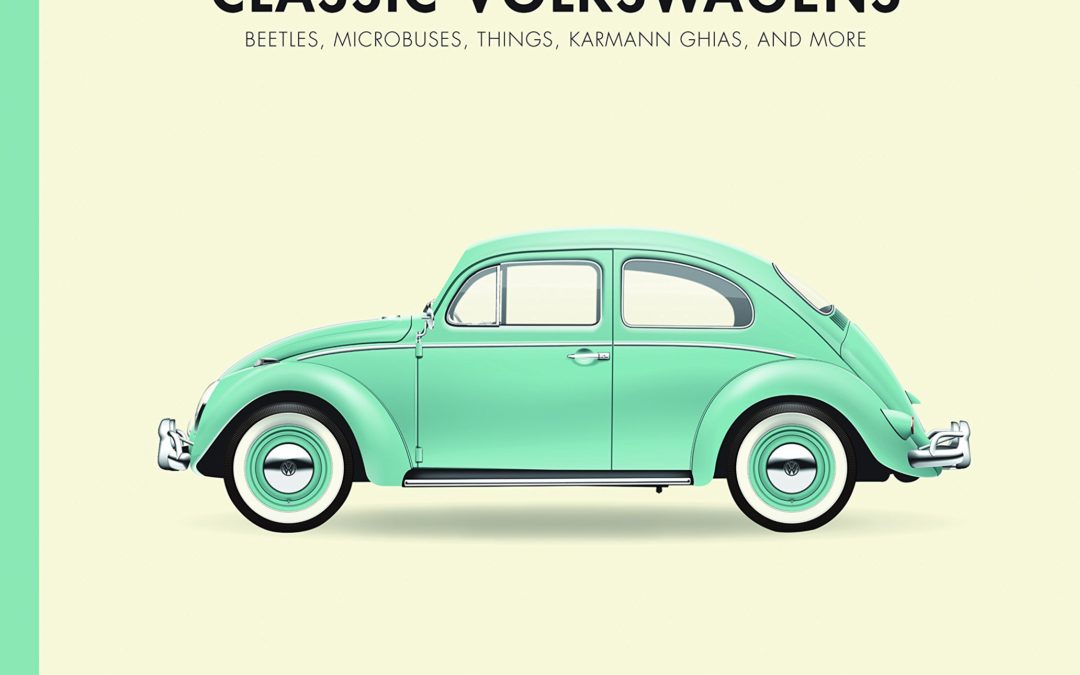
Volkswagen Beetles and their variants are some of the most iconic and easily recognizable cars on the road!
The classic air-cooled Volkswagen Beetle, officially the Volkswagen Type 1, is regarded as one of the most important and well-engineered vehicles of the twentieth century. It was the most popular imported car in America in the 1960s, and before that it enjoyed a humble beginning as “the people’s car” in its native Germany. The Complete Book of Classic Volkswagens encompasses the evolution of the popular Beetle as well as other variations of Volkswagen’s air-cooled cars, vans, and trucks. Thoroughly illustrated, this is an invaluable reference to Volkswagen’s collectible and iconic cars.
The history of VW automobiles is just as colorful as the hues they were manufactured in, and this book illustrates the full story. German automakers originally sought to supply their countrymen with an automobile that was easy to mass produce. By 1938, they finalized the design for the VW “Bug”–the first rear-engined, rear-wheel-drive configured car. In its heyday, the little rounded Beetle was produced at a rate of more than one million per year. Today, with more than 23 million cars built, the Beetle holds the record as the most-produced passenger car of all time. But the Beetle is only one part of the air-cooled Volkswagen story. The rest–from Type 2 vans, pick-ups, and campers to the Type 113 “Super Beetle”–is included here. If you’re the owner of a Volkswagen or if you just love their iconic look and you’re interested in their evolution, this book deserves a place on your bookshelf.
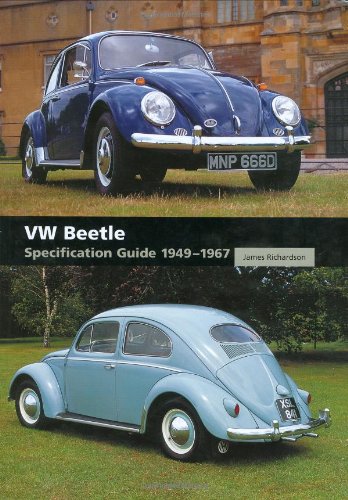
SOLD OUT
The VW Beetle is one of the best-loved of all classic cars, with many thousands preserved across the world, many in regular use. Over the years countless changes were introduced, together making a mid sixties Beetle, for instance, very different from one built in the mid-50s, or mid-70s, despite the obvious similarities. With the aid of hundreds of full color photographs this book documents all the Beetle’s specification changes and model differences during the classic period 1949-67, making it possible to determine the original specification and fittings of any Beetle from this period.
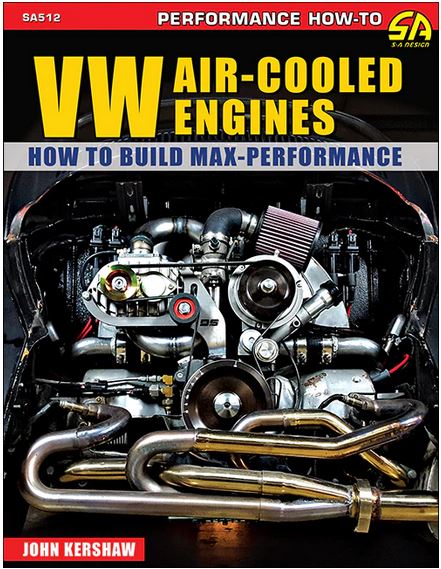
The VW Beetle (officially the Volkswagen Type 1) needs no introduction. Manufactured and marketed globally by Volkswagen from 1938 to 2003, more than 21 million were produced and sold around the world. Extremely popular in the US and Europe during the 1950s and 1960s, increasing competition from Japanese, American, and European manufacturers as well as stiffening demands for better safety and emissions contributed to a sharp decline in sales in the early 1970s. The Beetle was manufactured in much smaller numbers in Germany until the late 1970s, when production shifted to Brazil and Mexico, where operating cost was a was a large factor in keeping the Beetle alive. While simple and fun, the Beetle had simply become outdated.
Of course, the enthusiast market did not see it that way. Aficionados loved the simplicity in the design as well as its aesthetics and enjoyed tinkering with the mechanicals of their Beetles, Buses, Type 3 models and Karmann Ghias. There is no shortage of options when customizing your Beetle, and for many, extracting as much performance out of their air-cooled flat 4 was the way to go. Not only does it remedy the issue of keeping up with modern traffic but Beetles also respond really well to modifications and have a robust aftermarket to support them.
In VW Air-Cooled Engines: How to Build Max Performance, VW veteran Dr. John F. Kershaw lays the groundwork for getting the most possible power for your desired use and application. Covered here are all the various power levels and components to get you there. It’s all here: rotating assemblies, cylinder heads, cams and the valvetrain, engine blocks, ignitions systems, fuel injection, carburetors and induction, exhaust, sources for parts, and even turbos and superchargers.
Are you looking for just a little more power to keep up with traffic or maybe a streetable high-performance machine? Perhaps you are interested in a little street/strip action or even all-out racing applications. All of your options are examined in this book. Add it to your air-cooled library today.
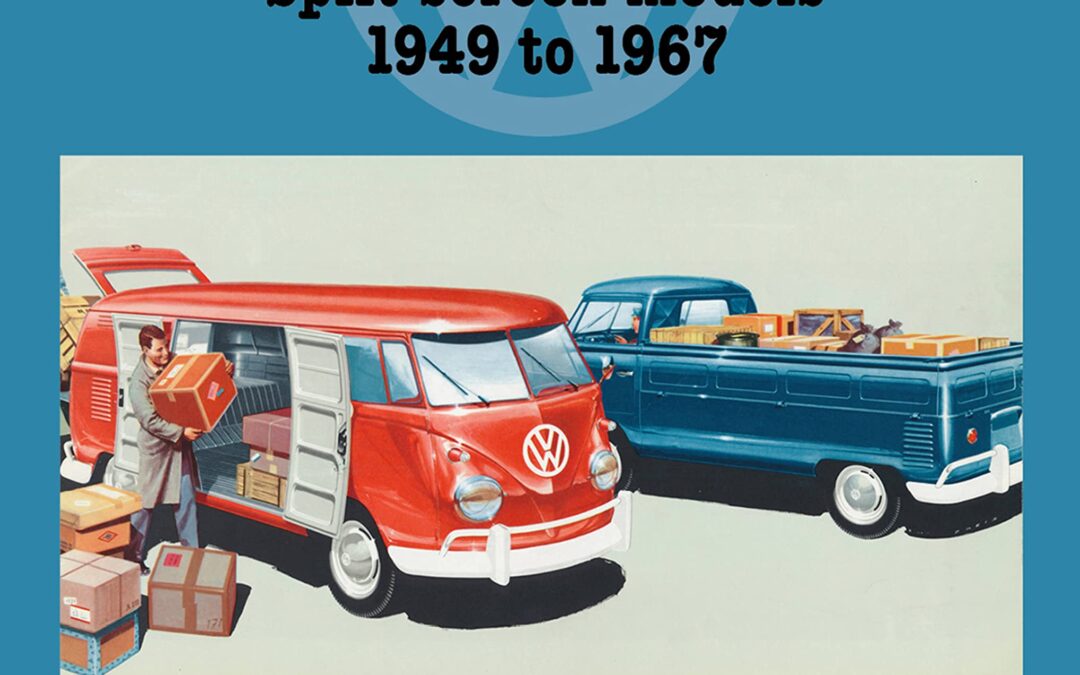
From a simple sketch of a box-shaped delivery vehicle to one of the most recognisable silhouettes in motoring, the first-generation VW Transporter formed the genesis of what was to become the best-selling van in history.
Unveiled in November 1949, the quirky VW Transporter would soon find demand for its services throughout the world, thanks to its cab-forward layout, ingenuity and adaptability. The initial Panel Van gave rise to a flexible Pick-up, revolutionary Kombi, adventurous camper and and an endless catalogue of inspired conversions and variations. There were ambulances, mobile shops, school buses, fire tenders, high-roofed vans, double-cab pick-ups, police vans, mobile milking machines, and so many more.
As Volkswagen survived Second World War turmoil and thrived under the firm focus of director general Heinz Nordhoff, this book charts the progress of the innovative Transporter as its initial weaknesses were improved and eventually perfected to exploit the Beetle-based rear-engined layout.
Much like the Beetle, the Transporter gained a cult following around the globe, with its attributes as a commercial vehicle equalled by its status as a hippie bus and stalwart of the surfing community. There was barely a nation on Earth where the Transporter hadn’t become engrained in its culture or everyday life.
VW replaced the German-built first Transporter with a second-generation machine in 1967, but manufacturing continued in Brazil until 1975 – where the rear-engined platform itself remained in production until 2013.
It’s no wonder, then, that the first-generation Transporter is so well-loved today, and why its incredible story can be told here in such beautifully-presented and expertly-researched detail. From the first drawings and prototypes of the late-1940s to the final split-screen Transporters of 1967 and South American derivatives of the 1970s, Volkswagen author Richard Copping guides us through an unmissable volume where each model, all variants and every option of the first-generation Transporter is lavishly accompanied by sumptuous period photography and stunning brochure illustrations.

Rebuild your Volkswagen’s air-cooled engine with confidence and get your beloved boxer back on the road.
How to Rebuild VW Air-Cooled Engines: 1961-2003 offers beautiful color photos with insightful step-by-step captions for expertly rebuilding Volkswagen air-cooled engines and provides in-depth, hands-on information for disassembly, inspection, machining, parts selection, preassembly, final assembly, installation, and tuning.
Not only are the procedures for rebuilding covered in depth but engine model types, identification codes, specifications, and details are also covered in a manner that allows the user to source a good later-model candidate for rebuilding and helps retrofit the modern engine designs into earlier chassis.
This resource focuses on the VW Type 1, 2, and 3 engines beginning in the year 1961, when a significant redesign improved the reliability, durability, and horsepower of the basic initial design. For more than 70 years, automotive enthusiasts and the public in general has embraced the VW air-cooled engine for its simplicity, its capacity to be modified, and its bulletproof reliability.
One of the most widely used and versatile internal combustion engines in the world, this engine has powered VW Beetles, Buses, Porsche 914s, off-road buggies and rails, formula race cars, and many other machines both on and off-road. From 1938 until 2003, more than 21 million Beetles equipped with an air-cooled rear-mounted engine were produced.
If you have any interest in reviving your old VW, or perhaps are researching the purchase of one, this handy guide will cover all the bases in bringing that old air-cooled powerplant back to life.
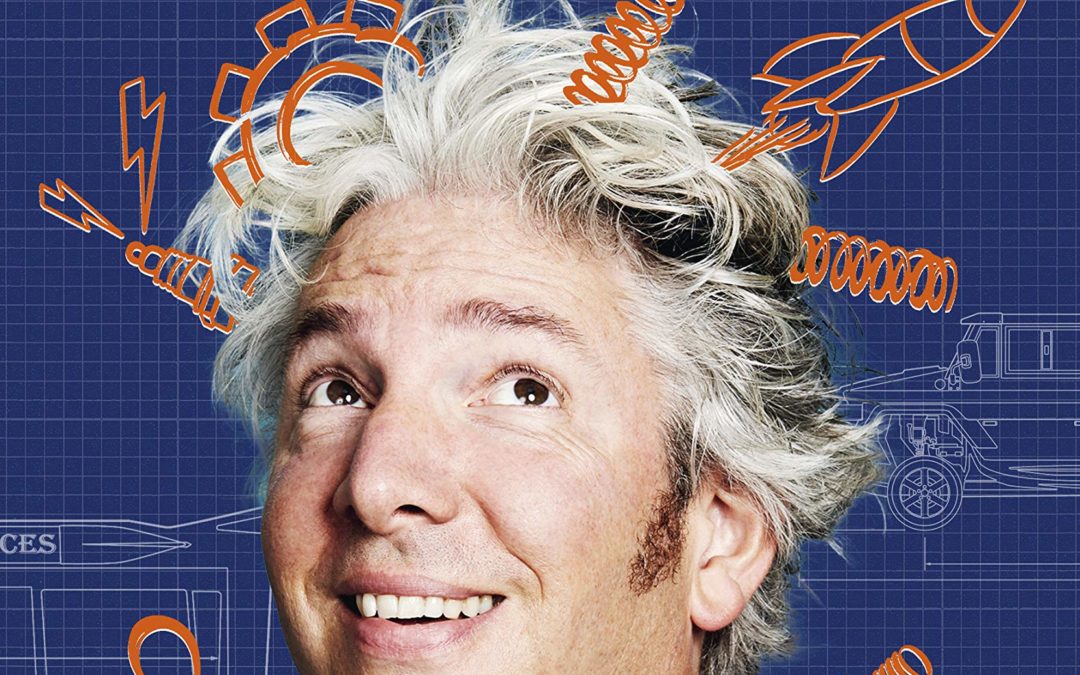
As you’ll discover in his incomparable memoir, the inventor, mechanic, TV presenter, and definition of the British eccentric Edd China sees things differently. An unstoppable enthusiast from an early age, Edd had thirty-five ongoing car projects while he was at university, not counting the double-decker bus he was living in. Now he’s a man with not only a runaround sofa, but also a road-legal office, shed, bed, and bathroom. His first car was a more conventional 1303 Texas yellow Beetle, the start of an ongoing love affair with VW, even though it got him arrested for attempted armed robbery. A human volcano of ideas and the ingenuity to make them happen, Edd is exhilarating company. Join him on his wild, wheeled adventures; see inside his engineering heroics; go behind the scenes on Wheeler Dealers. Climb aboard his giant motorized shopping cart, and let him take you into his parallel universe of possibility.
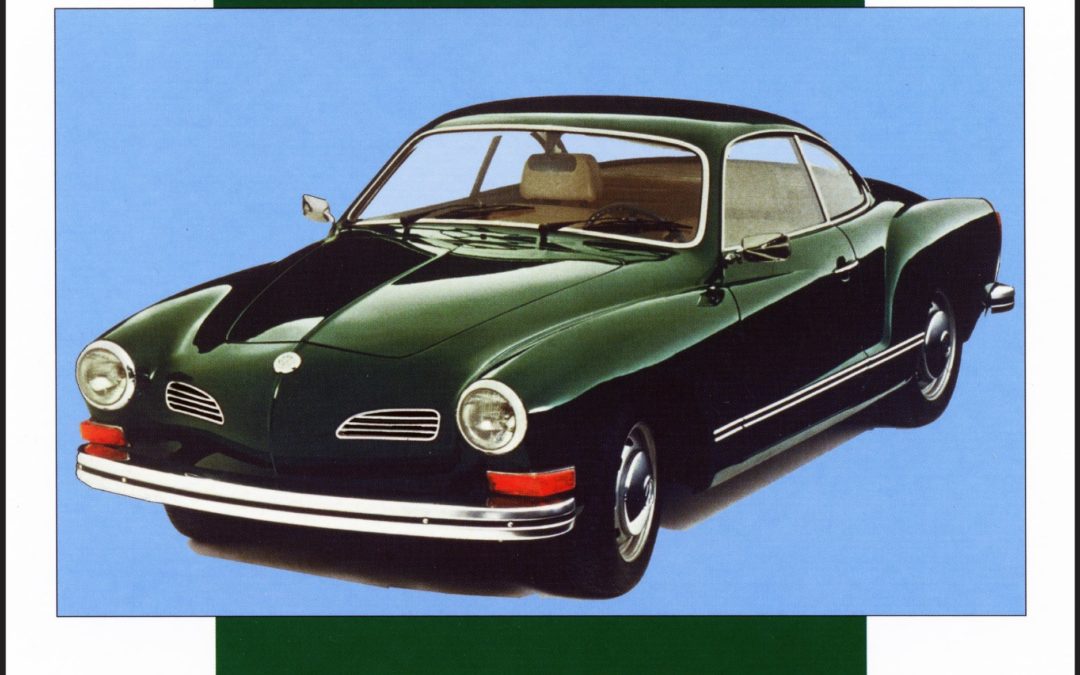
The Volkswagen Karmann Ghia represents one of those unique collaborations between three companies in two different countries: the Volkswagenwerke in Wolfsburg, Germany and Wilhelm Karmann in Osnabruck, Germany, and the Ghia coachworks in Turin, Italy. It also represents the efforts of four men who have all gone down in automobile history for their achievements: Heinrich Nordhoff at VW, Wilhelm Karmann at Karmann, Mario Boano and Luigi Segre at Ghia. From the moment the pretty coupe walked onto the world’s stage it went straight into the motoring Hall of Fame. Interestingly, where most coupes of the time had some pretense towards being sporting, generally with a mildly hotted up engine, the Karmann Ghia was simply stock VW Beetle from the mechanical point of view. In other words, it was still a 72-75mph car, it just looked great doing it! And that is why owners loved it. By 1961 VW introduced the Karmann 1500 based on the Type 3 platform to supplement the original. It was nowhere near as successful and was withdrawn from production in 1969, long before its older and more famous sibling. There is a strong and enthusiastic following for the Volkswagen Karmann Ghia coupe all around the world, a movement that seems to grow each year.
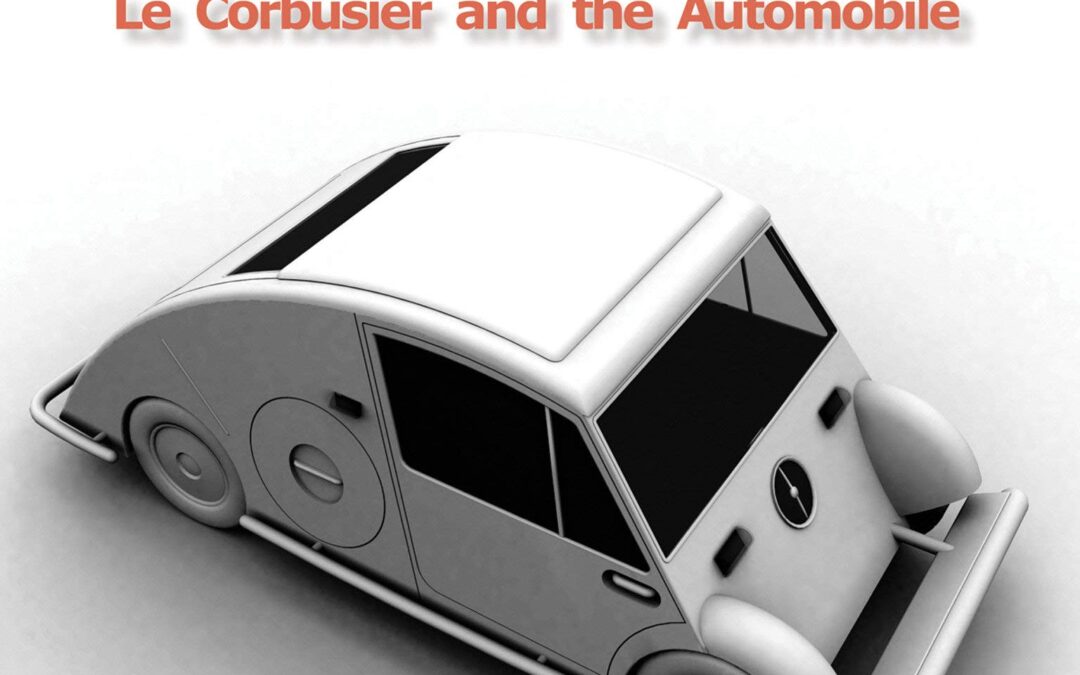
A colorful account of Le Corbusier’s love affair with the automobile, his vision of the ideal vehicle, and his tireless promotion of a design that industry never embraced.Le Corbusier, who famously called a house “a machine for living,” was fascinated—even obsessed—by another kind of machine, the automobile. His writings were strewn with references to autos: “If houses were built industrially, mass-produced like chassis, an aesthetic would be formed with surprising precision,” he wrote in Toward an Architecture (1923). In his “white phase” of the twenties and thirties, he insisted that his buildings photographed with a modern automobile in the foreground. Le Corbusier moved beyond the theoretical in 1936, entering (with his cousin Pierre Jeanneret) an automobile design competition, submitting plans for “a minimalist vehicle for maximum functionality,” the Voiture Minimum. Despite Le Corbusier’s energetic promotion of his design to several important automakers, the Voiture Minimum was never mass-produced. This book is the first to tell the full and true story of Le Corbusier’s adventure in automobile design. Architect Antonio Amado describes the project in detail, linking it to Le Corbusier’s architectural work, to Modernist utopian urban visions, and to the automobile design projects of other architects including Walter Gropius and Frank Lloyd Wright. He provides abundant images, including many pages of Le Corbusier’s sketches and plans for the Voiture Minimum, and reprints Le Corbusier’s letters seeking a manufacturer. Le Corbusier’s design is often said to have been the inspiration for Volkswagen’s enduringly popular Beetle; the architect himself implied as much, claiming that his design for the 1936 competition originated in 1928, before the Beetle. Amado Lorenzo, after extensive examination of archival and source materials, disproves this; the influence may have gone the other way. Although many critics considered the Voiture Minimum a footnote in Le Corbusier’s career, Le Corbusier did not. This book, lavishly illustrated and exhaustively documented, restores Le Corbusier’s automobile to the main text.

A Celebration of Beetle Culture
For everyone who ever drove one, crammed into one, or plays Punch Buggy when one drives by, here comes The Volkswagen Bug Book. Filled with 200 color and black-and-white photos of everybody’s favorite car, The Bug Book is a high-design trip back to when Beetles filled the highways, Flower Children roamed the streets, and Love and Bug were forever linked. Author Dan Ouellette combed the archives of the official Volkswagen museum in Wolfsburg, Germany, for the best historical photos. Back home, Ouellette collected photographs of the most remarkable vintage VWs in the country as well as some less than pristine but nevertheless lovable models. The Bug Book is filled with personal anecdotes, detailed history and little known facts about the German car that zoomed into America’s heart. For new Bug owners, there’s a chapter devoted to Bug 2.0 and how it grew. It’s the collector’s most comprehensive Beetle book yet, and for everyone else, it’s the book that coffee tables can’t resist.
In the summer of 2003, the last original Beetle rolled off the assembly line in Puebla, Mexico and an era ended. In fact, author Dan Ouellette was featured at the time on The Connection with host Michael Goldfarb on WBUR/Boston. But like the car it celebrates, The Volkswagen Bug Book isn’t going to fade away — it has gained a new life, in an updated paperbound edition.
Autobooks-Aerobooks 2900 W. Magnolia Blvd. Burbank, CA 91505 (818) 845-0707 Hours: Tuesday-Friday 10:00 AM – 6:00 PM Saturday 10:00 AM – 6:00 PM Closed Sunday and Monday Accept Credit Cards gift cardYES, We have Gift Cards - Click Here AUTOBOOKS IS OPEN...















